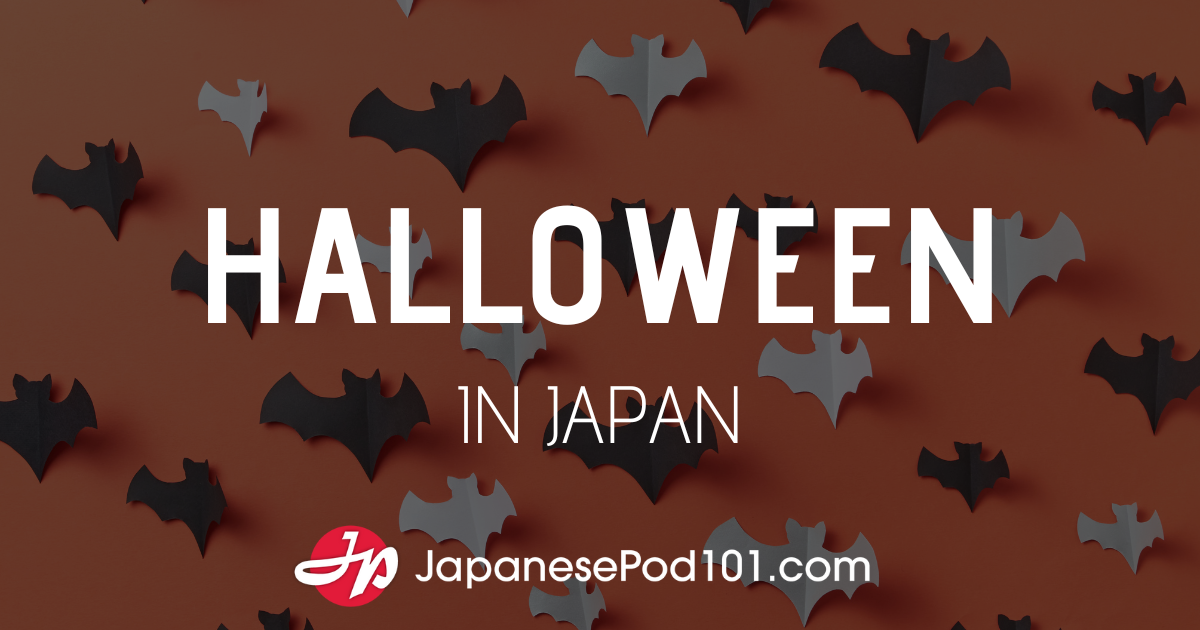| Quick Links Welcome to Kanji Curiosity | The Basics | Glossary |
Let’s start with a quiz. The kanji 刺 primarily means “to stab.” Given that, what do you think the following words might mean?
刺身 The second kanji means “body.”
刺青 The second kanji means “blue.”
名刺 The first kanji means “name.”
I’ll block the answers with Alberto’s haiku calendar for April.

Alberto will post an explanation of this haiku in the comments section.
Give up? Here are the definitions:
刺身 (sashimi: sliced, raw fish) sashimi + meat, flesh
刺青 (irezumi: tattoo) to pierce + blue
名刺 (meishi: business card) name + business card
Lots of surprises here. As 刺身 could break down as to pierce + body, shouldn’t it mean “tattoo” or “piercing,” not “sashimi”?! As you may have noticed, 刺 doesn’t mean “to stab” in any of these words, especially 名刺, “business card.” That’s a relief. Can you imagine how brutal Japanese business meetings would be if they involved stabbings?
Incidentally, here’s one way to present a card:
刺を通じる (shi o tsūjiru: to present one’s business card)
business card + to transmit
The 名 has dropped off of 名刺. With this expression, you’re presenting only a 刺 (or actually, “passing” or “transmitting” it, given the meanings of 通じる). One could easily imagine that 刺を通じる had to do with passing a sword (or some equivalent tool for stabbing) through someone’s body, not handing over an identifying piece of paper with a smile and a bow.
As it happens 刺を通じる is a very uncommon expression. The usual term is 名刺を渡す (meishi o watasu: to present a business card), where 渡す means “to hand over.”
Over the next few weeks, we’ll examine many 刺 words (including 刺身, sashimi) in an ongoing exploration of 刺:
刺 (SHI, sa(su), sa(saru), sa(shi), sashi, toge: to pierce, stab, prick, sting; thorn; business card)
We recently saw one more meaning in this compound:
刺激 (shigeki: stimulus, incentive, encouragement, motivation)
to irritate + to stimulate
Here, 刺 means “to irritate.” I suppose stabbings are irritating, so it’s a logical extension of the primary meaning!
How to Stick It to Someone
Check out the following pair of terms:
針で刺す (hari de sasu: to prick with a needle)
needle + to pierce
釘を刺す (kugi o sasu: to give a warning; remind someone not to do something) nail + to pierce
At first glance, these expressions might appear to contain identical kanji, but look more closely. Whereas 針 means “needle” or “pin,” 釘 is a non-Jōyō kanji meaning “nail.”
The expressions also differ in another way; the piercing is literal in the first term, figurative in the second. With 刺, people can pierce abstract things, such as your forgetfulness, your defenses, your stupidity, or your vanity. Oh, what a harsh, harsh world!
But two can play at this! If you want to stick it to someone, your words should be sharp and stinging. Try using one of the characters for “thorn”:
刺 or 棘 (toge: thorn; splinter; biting words)
Note how the yomi of 刺 has changed to toge. When 刺 appeared as a singleton in 刺を通じる (shi o tsūjiru: to present one’s business card), we read 刺 with its on-yomi, but here we use one of its many kun-yomi. Oh, what a thorny character this is!
The 棘 kanji is not in the Jōyō set, and only some dictionaries support this as an alternate way of writing toge, but it’s worth seeing for its doubling of 朿, the left-hand side of 刺. The 朿 component means “thorn.” I guess we can consider 棘 to be a two-pronged attack.
The thorniness doubles not only inside a character but also inside a word:
刺々しい (togetogeshii: sharp, harsh, stinging, thorny, snappy)
thorn x 2そんな刺々しい言い方しなくたっていいだろう。
Sonna togetogeshii iikata shinakutatte ii darō.
You don’t have to use such a harsh tone with me.言い方 (iikata: way of speaking)
to say + suffix meaning “way of”
The next term contains just one thorn, but apparently that’s still sufficient to inflict pain on someone:
刺の有る言葉 (toge no aru kotoba: stinging (barbed) words; harsh language) thorn + to have + words (last 2 kanji)
I love that English and Japanese have virtually the same expressions for critical jabs; they’re pointed, thorny, barbed, stinging, or sharp.
Skewering Things and People
You can also “skewer” a man with 刺. To do so, you could attack him with a culinary “skewer”:
串刺し (kushizashi: skewer) skewer + to pierce
The first kanji is non-Jōyō and is delightfully pictographic.
That would certainly injure him, but if you wanted to “skewer” that man in the more usual sense, you wouldn’t set him up for a shish kebab. Rather, you would criticize him harshly, most likely using cruel humor. Once again, 刺 would serve you well:
風刺 (fūshi: satire, irony, sarcasm) to satirize + satire
The kanji 風 has many meanings, including “style” or “manner,” but Halpern says it means “to satirize” here.
その劇は政界を風刺したものだ。
Sono geki wa seikai o fūshi shita mono da.
The play is a satire on the political world.劇 (geki: play)
政界 (seikai: political world)
politics + world
A satire or lovingly unkind portrait needn’t occur only on the stage. Satirical portraits appear in the paper every day in the form of political cartoons. When politicians end up with enlarged ears, long necks, or bulbous noses, we’re seeing 刺 in action once more:
風刺画 (fūshiga: caricature) to satirize + satire + picture
Thank goodness for 刺. Although pointed words can make our lives painful, plays and cartoons with 刺 make life entirely worth living, giving us a good laugh at others’ expense.
Time for your Verbal Logic Quiz!









